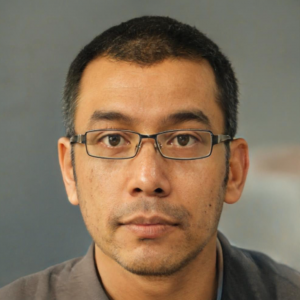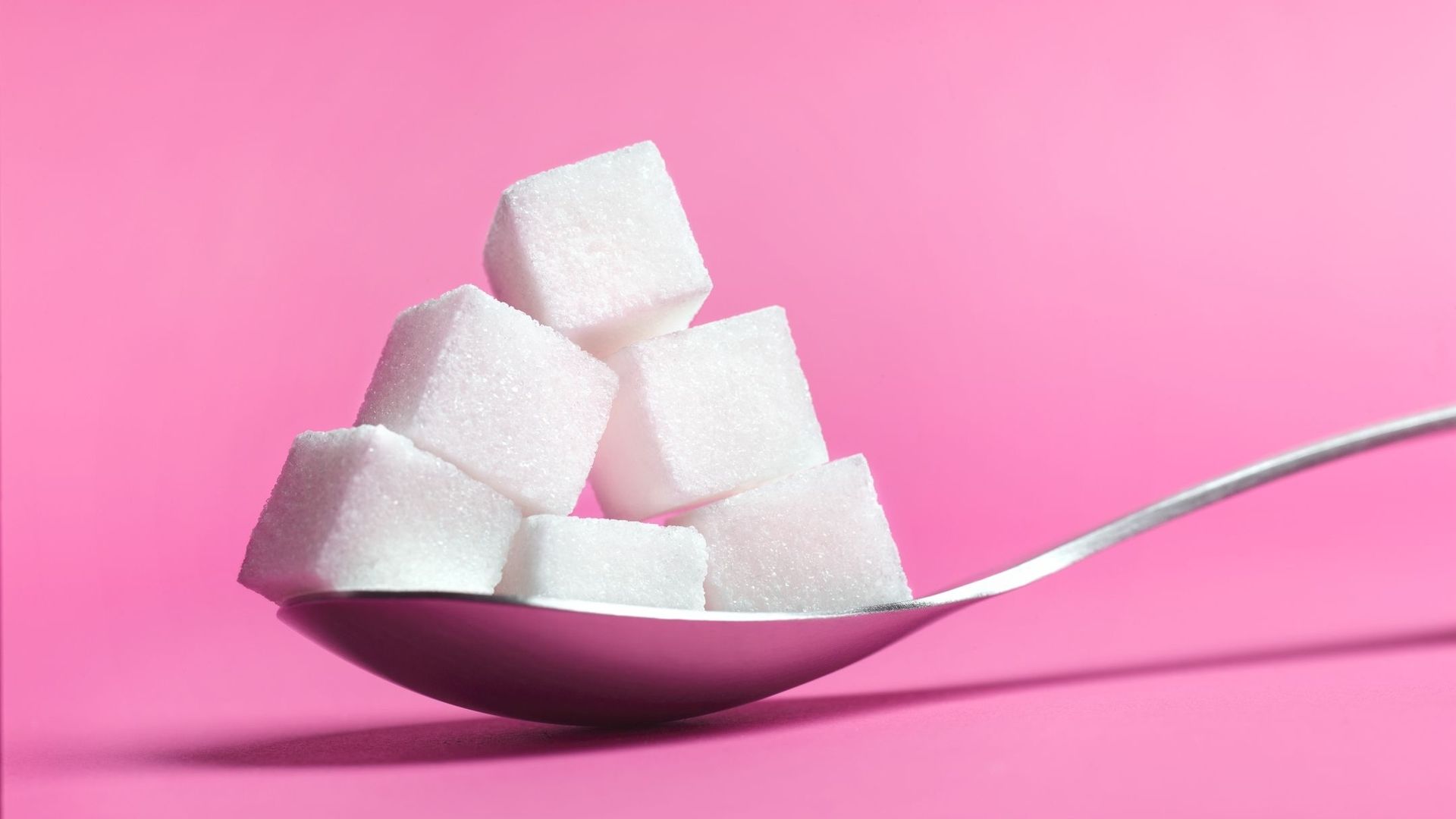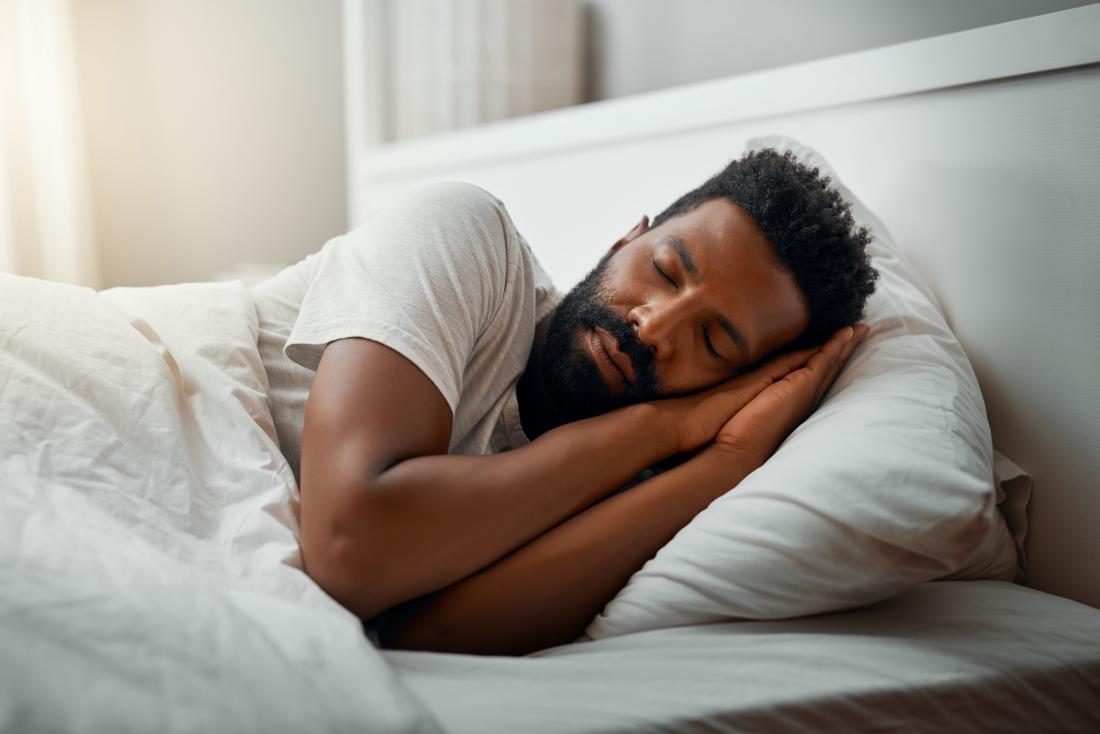The Division into Traditional and Alternative Medicine: Why It Still Exists and Other Related Questions
Medicine has come as long a way as humanity itself. And for all this time, this sphere has reached such heights that medicines have appeared that help to completely defeat the disease; having incurable diseases, today you can live a full life; also, over the past 25 years, the incidence of heart disease and HIV/AIDS has decreased by more than 60%.
No need to go far – you can get rid of a terrible headache or indigestion with just one pill. Taking over-the-counter medicines and antibiotics, calling the emergency room, and going to see a doctor at a clinic are all examples of using traditional or conventional medicine services. However, there is a branch of medicine that is as old as traditional medicine – we are talking about alternative or non-traditional methods that exist and are in great demand today. How did it happen, why traditional medicine cannot exist on its own, what problems does each of the directions solve? Let’s discuss all these burning questions!
The Path from the Advent of Medicine to the Emergence of Modern Health Standards
By passing on knowledge and experience gained from generation to generation, humanity has managed to overcome many ailments. At a certain point, the power of scientific evidence exceeded all the knowledge of traditional medicine that had been collected for years, and came to the fore. Technological progress, tests, analyzes have helped to test ideas and theories in practice, while alternative medicine methods have not been proven in clinical trials.
To better understand the differences between traditional and alternative medicine, here are the main methods of each of them.
Traditional medicine is characterized by:
- treatment by chemical, physical, and biological methods.
Alternative medicine is characterized by the use of:
- homeopathy (an approach to treatment put forward by Hippocrates and gaining popularity since the 18th century. Helps to stimulate the immune system by introducing into the body a substance similar to the one that caused the disease).
- herbal medicine (more used as an auxiliary method of therapy, including for recovery after a course of treatment. Helps to normalize the functioning of the gastrointestinal tract, liver, lungs, normalize sleep and mentality, cleanse the body of accumulated toxic substances).
- acupuncture (affects the active points on the human body that connect the energy channels. Enhances blood flow and stimulates nerve receptors).
- Ayurveda (the healing effect is achieved through massage with oils and medicinal plants, steaming in a special barrel with herbs, cleansing procedures, etc. Thus, the immune system is strengthened, stress and fatigue disappear, and the body’s resistance to diseases arises).
- fasting (therapeutic fasting allows you to release energy, mobilizes the body’s defenses, cleanses the body internally at the cellular level, increases the ability of cells to regenerate, among other things.)
- hypnotherapy (effective method of non-drug psychotherapy. The method allows you to work with patients in depressive states, experiencing the consequences of stress, tragic events, and other psychological traumas. It has been successfully used for stuttering, fears, phobias, insomnia, and other disorders).
- osteopathy (examination, diagnosis, and therapeutic manipulation in osteopathy is carried out without medication. Osteopaths approach the body as a single system and look for the cause of the disease by touch. By working with muscles, ligaments, and bones, they make the body to heal itself and eliminate physical and psycho-emotional stress.)
- energy medicine (the influence of the treating specialist is directed not at the physical structures of the body but at the material energy field of a person. Includes chi therapy, karma diagnostics, cosmic energy, spiritual healing, prayer, meditation, etc.).
Comparing the approaches to treatment in traditional and alternative medicine, one can notice an interesting thing. First, traditional medicine focuses primarily on (and often criticized for) curing a pre-existing symptom or disease. Thus, having coped with pain or another reaction of the body to illness, the patient, and often unscrupulous doctors, believe that the problem has been eliminated.
In turn, adherents of alternative medicine praise it for the fact that it covers not only the physical health of a person but also their mental and emotional state. The basis of alternative medicine can be considered an integrated approach, as well as the prevention of illness, and not the reaction to its consequences.
At the same time, critics of non-traditional approaches emphasize that there is a danger of many natural elements used in treatment. While one plant or another may help with one ailment, it may provoke another. And since far from all alternative methods have been carefully studied, the patient, in fact, takes full responsibility for their health.
Is Conventional Medicine Not Enough?
The treatment of the sick is a delicate matter, and practitioners would agree that, despite numerous studies of the drug, a remedy that works for one person may not be enough for another. The good news is that in our time, patients can turn to various treatment options, both initially proven and those that coincide with their vision of the human health system, that is, additional alternative practices.
It is interesting to note that alternative medicine is considered as such in Western countries and is usually used as an additional practice to the current traditional health care system. While, say, in the countries of the East, these approaches may be interchangeable or make alternative methods the mainstream, depending on the region, religion, and so on.
Fortunately, today the gap between traditional and alternative therapies is gradually closing. This is due to the fact that traditional medicine often integrates alternative methods to achieve better results for patients. Physicians are increasingly looking at the condition of patients holistically and, where appropriate, combining approaches for effective recovery. Of course, each patient can consult with a doctor and independently study the choice or combination of approaches to make an informed decision for themselves. Be healthy!
For premium readers







